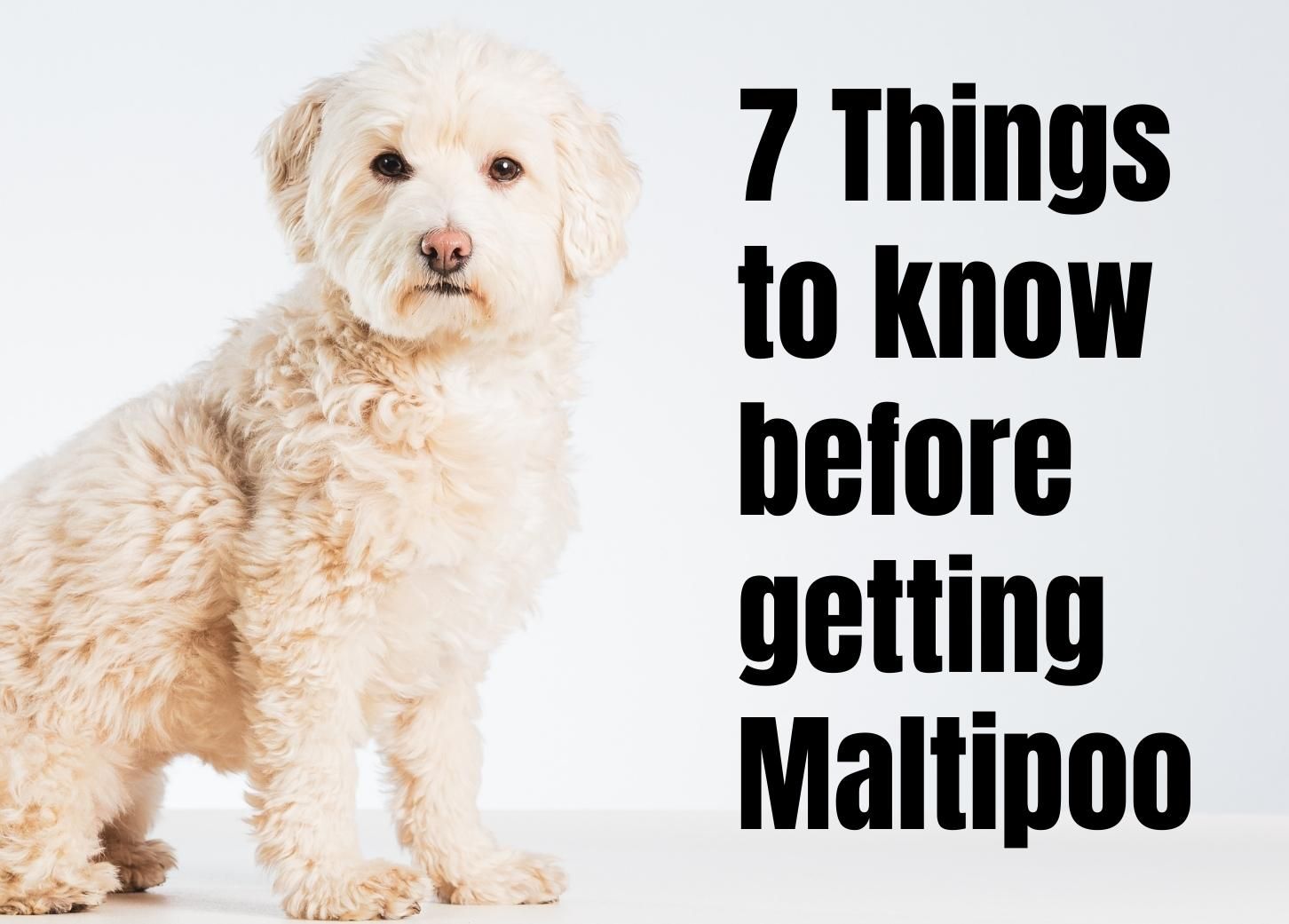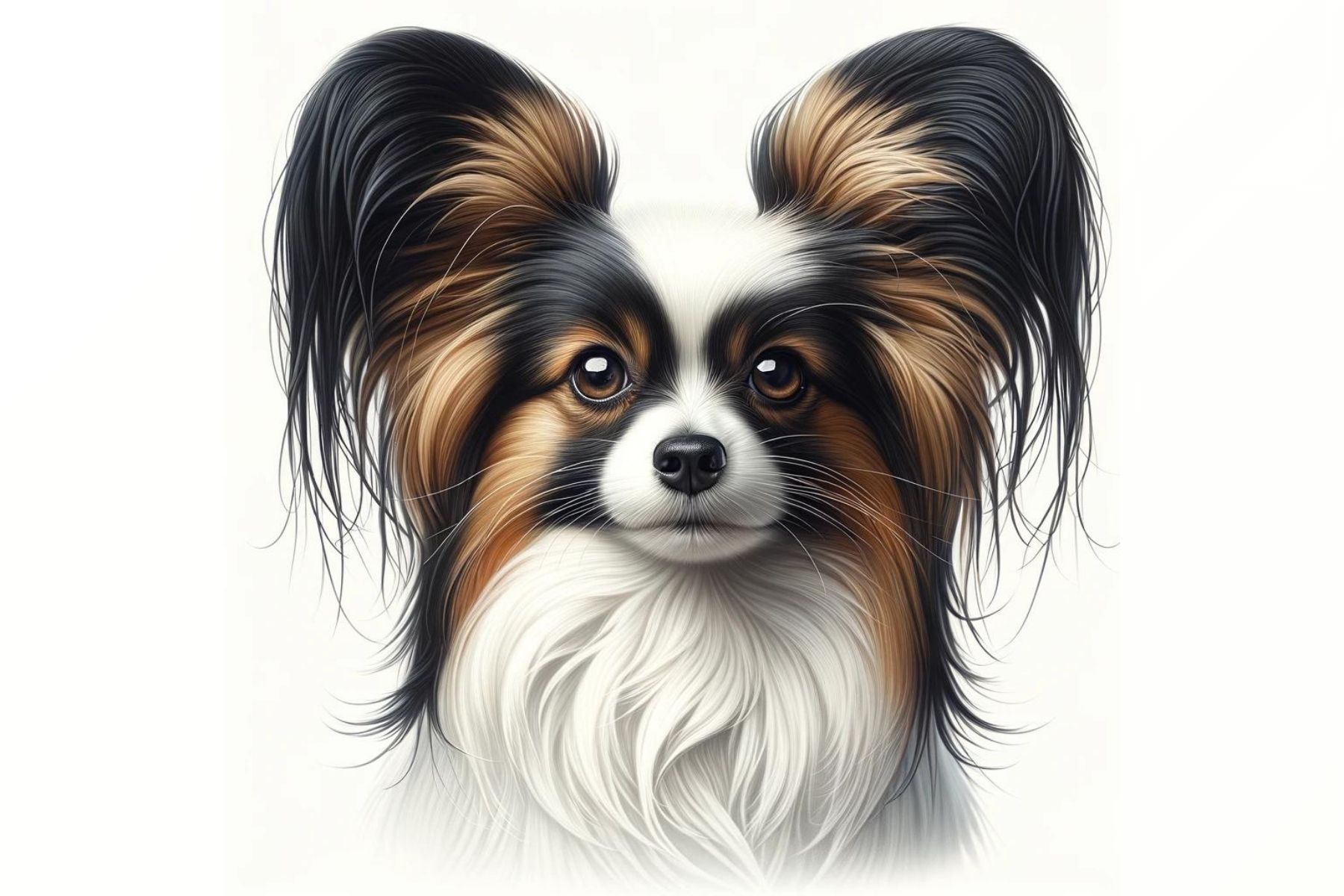Discover 7 Interesting Facts About the Maltipoo

The Maltipoo is one of those successful crossbreeds that build onto its parent breeds in all the right ways. It’s specifically intended as a variation of the Maltese but with a more varied coat, larger size, and a more trainable and sociable personality. Does this sound too good to be true? Doesn’t this breed have any drawbacks at all? Let’s find out below by going over the 7 fascinating things to know about the Maltipoo.
What should you consider before getting a Maltipoo?
This is one of those breeds that are tailor-made for a specific type of people. So, when deciding whether to get a Maltipoo or not, the key question to ask isn’t whether the breed has “drawbacks” but simply whether this is the type, size, and appearance you want in a dog. So, if you’re looking for a relatively small, lively, social, and gentle dog with cute curly hair, and good apartment adaptability, the Maltipoo should be just right for you. But, to give you a bit more details, let’s go over each point one by one.1
1. Maltipoos have all the great qualities of the Maltese with a bit extra variation in terms of size, color, and appearance
There is always one big question with crossbreeds – do they have a consistent set of characteristics or are they all over the place? This is important as future owners want to know what the pup they are getting is going to grow up into.
And this is one of the many great things about the Maltipoo – you can be pretty confident in what you’d be getting. As this cross is created by mixing Maltese dogs with either toy or miniature Poodles, the size of the dog doesn’t vary that much – it will either be as big as a Maltese if it was crossed with a toy Poodle or slightly larger if the Maltese parent was mixed with a Miniature Poodle.
So, whereas a Maltese is typically 8 to 10 inches tall (20 to 25 cm) and 4 to 8 pounds heavy (1.8 to 3.6 kg), a Maltipoo tends to be 8 to 14 inches tall (20 to 35 cm) and 5 to 20 pounds heavy (2.3 to 9 kg). This can seem like a huge range but all you need to know is what type of Poodle the Maltese was crossed with and you’ll know the expected size of the Maltipoo pup.
In terms of general appearance, the Maltipoo will have the same body type as the Maltese as well as similar eyes and ears. However, the coat will be a tad different. While Maltese dogs are only white and have long straight hair, a Maltipoo’s coat is curly and can come in a variety of colors such as white, silver, grey, cream, apricot, blue, brown, coffee, and black.
2. The Maltipoo is a great breed for people with dog allergy concerns but keep in mind that there are no guarantees
One of the key reasons, why many crossbreeds include Poodle heritage is that Poodles are famous as hypoallergenic dogs. Of course, that’s not exactly true as no dog breed is 100% hypoallergenic . The fact that Poodles have a curly and low-shedding single coat makes them easier to live with for people with dog allergies but it’s actually the dog dandruff and saliva that trigger allergies, not the hair itself. So, while Poodles and Poodle crosses are recommended to try for people with allergies, you should remember that there are no guarantees.
With the Maltipoo, however, we should also note that the Maltese parent is also famously easy to live with if you have allergies. So, with two such parents, the Maltipoo also falls in the “(near)hypoallergenic” category. Just remember that there’s still a risk and make sure that you can easily return or rehome the animal if you have allergies.
Also, keep in mind that even though the Maltipoo doesn’t shed much, regular (ideally daily) brushing and monthly baths are recommended. That’s not to reduce the shedding but rather to prevent matting and entangling of the dog’s hair. One or two trips to a professional groomer a year can also be greatly beneficial.
3. Thanks to their Poodle heritage, Maltipoos are especially trainable and can put their high intelligence to great use
Another big consequence of breeding a Poodle with a Maltese – or with any other breed – is that the resulting crossbreed will be notably smarter, more trainable, and with a stronger and gentler people-pleasing instinct. And that’s exactly what the Maltipoo is.
While the Maltese is a fun but pretty temperamental toy breed, the addition of a gun dog like the Poodle into the mix makes the Maltipoo notably different. The crossbreed is still lively and playful, of course, and it can still be a bit headstrong, especially when caught in the euphoria of playtime. However, Maltipoos have notably better obedience and are much easier to train. Some obedience training is still a must early in the dog’s life but that’s always the case.
4. The social and affectionate personality of the Maltipoo makes it great for families with kids and other dogs and pets
What makes the Maltipoo especially great is how easy the breed adapts to any household. Do you live alone or as a couple? A Maltipoo will fit right in. Do you have a large family with lots of kids? The Maltipoo would love to love all of you equally and immeasurably.
This crossbreed is more than social and gentle enough to get along even with small kids as long as they don’t torment the dog physically (ear and tail pulling, etc). The Maltipoo also gets along swimmingly with dogs, cats, and other pets, as long as some basic socialization has been done.
The same goes for guests and strangers – give your dog proper socialization and it will get along with everyone. If you skip the socialization part, however, the Maltese in your Maltipoo can start showing and you can expect quite a lot of barking.
5. This breed does like to bark which can make it a great watchdog or a nightmarish neighbor
This is definitely worth its own point – Maltipoos love to bark. This is great if you want a watchdog but less than ideal if you live in an apartment and you don’t want your neighbors to hate you. There is some No-bark training you can do after the initial obedience training. That, together with proper socialization, should keep your Maltipoo’s barking in check.
The other thing to note in regards to barking is that Maltipoos are very susceptible to separation anxiety. This is true for all social, friendly, and smart breeds but with a Maltipoo, you can expect near-constant barking when you’re away and the separation anxiety kicks in. So, suffice it to say that you should avoid leaving your dog home alone. If your work or lifestyle necessitates it, then this might not be the best breed for you.
6. Maltipoos are very energetic for their size
Like both its parents, a Maltipoo is a very lively, playful, and energetic breed. Fortunately, it’s still a small breed so managing its exercise needs is easier than it would be if it was larger. A couple of brisk walks outside a day combined with some fetch play should keep your Maltipoo properly exercised.
If you have a yard, your dog will love to run and play there but that’s not strictly necessary. As long as the two daily walks are taken care of, your dog will easily get the rest of its energy out while playing in the living room.
7. These dogs have moderate health with a few risks to keep an eye on
The Maltipoo has a pretty good life expectancy of 12 to 15 years. This isn’t a surprise for such a small dog and the average can be easily surpassed if you’ve got a healthy pup and you take good care of it. To make sure that the former is the case, always ask the breeder you’re purchasing from for a health certificate. And, if you’re adopting, you can always ask for the dog’s detailed health information.
After that, it’s just a matter of good food, good exercise, good care, and regular vet visits. Some of the potential health risks you’ll need to watch out for include White Shaker Syndrome, Luxating Patella, Epilepsy, Legg Calves Perthes disease, Progressive Retinal Atrophy (PRA), and Cataracts.
In conclusion, you can see why the Maltipoo crossbreed is getting more and more popular. A perfect cross between a toy breed and a gun dog, this cross has all the qualities you’d want from either of its parent breeds. It’s small and easily manageable in an apartment but it also has a big heart and a very social nature. Both playful and affectionate, the Maltipoo is an ideal companion for both big and small households as long as they are of the indoorsy type.



